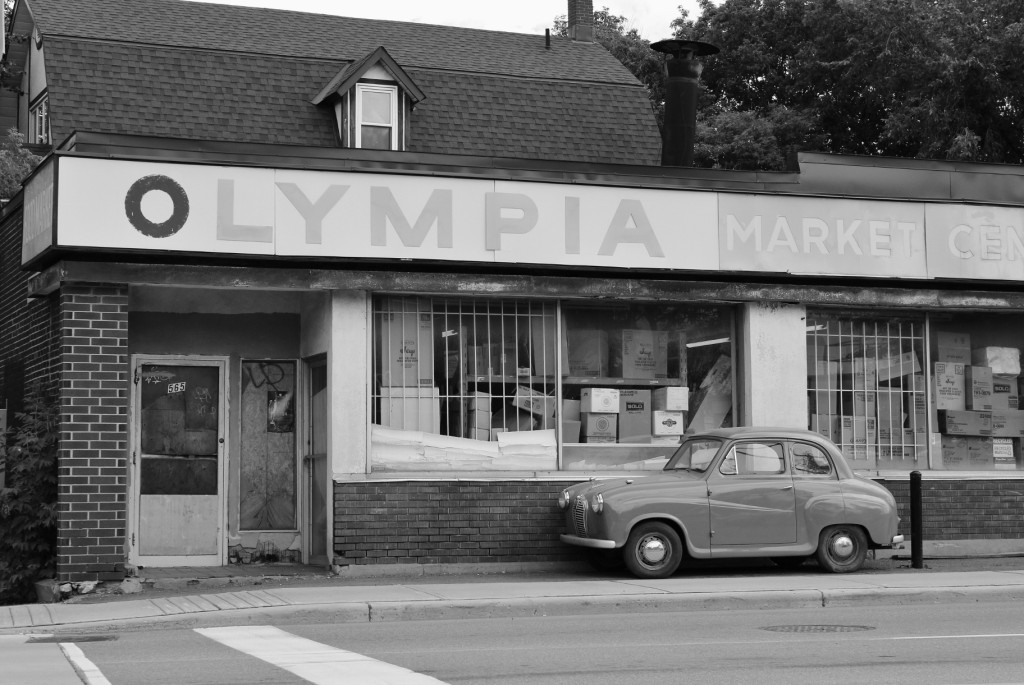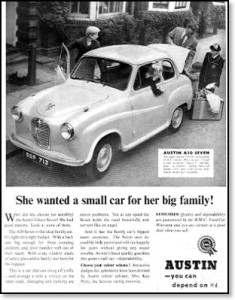During the Second World War, the British fielded the largest non-nuclear bomb of any military power in the conflict – the 22,000 pound ‘Grand Slam’ earthquake bomb.
You wouldn’t guess it by looking at postwar British cars.
While the mighty bombs carried aloft by Lancasters were meant to bring an invading power to its knees, the peacetime reality of a battered and bruised nation still dependent on food rationing called for economical living – especially with cars.
Small, frugal and low on power, the vehicles produced in postwar Britain were Spartan but innovative.
The Austin A30, built to compete with the popular Morris Minor, adopted monocoque (unibody) architecture to go with its 803 cc engine.
The new manufacturing technique allowed the car to be lighter and sturdier, and able to be powered by a smaller engine.
Produced from 1952 to 1956, life with an A30 would have been quite different from an American car of the same vintage. Instead of the plush interior, powerful engine and modern convenience items that adorned iron rolling out of Detroit, this little Austin listed ‘passenger side sun visor’ and ‘heater’ amongst its optional equipment.
Kids seated in the back would have (not) enjoyed the hard metal shelf topped with PVC plastic that served as a rear bench seat. To indicate a turn, drivers operated a knob that controlled a small indicator arm that popped out of the B-pillar.
Fun times.
After a 2-door version and wagon joined the 4-door saloon body style in 1953, the progression of time saw the introduction of the more powerful A35 (34 hp) in 1956, which carried the compact Austin brand through to 1959 (in saloon form) and 1962 (in wagon form).
The author’s mother often spoke of the tiny Austin of her Edmonton childhood, purchased by her father as a first car for the family in the late 1950s.
A nightmare in the frigid Prairie winters (which rendered the turn indicators inoperable), the Austin also accomplished the regular feat of stalling after driving over a puddle. A bottle of carbon tetrachloride had to be carried at all times in order to dry out the points when this occurred.
If anyone’s wondering why any Canadian would have purchased such a car, just remember that British imports came to these shores prices awfully cheap.
Even if it’s cold and stalls a lot, owning an Austin A30 beats waiting for the bus or walking any day.


